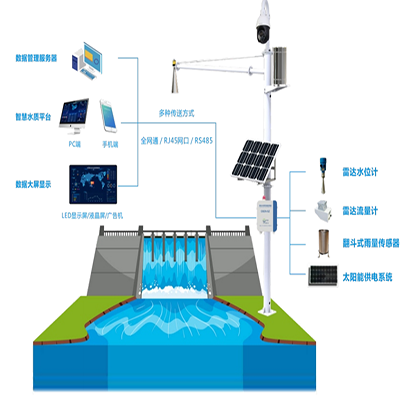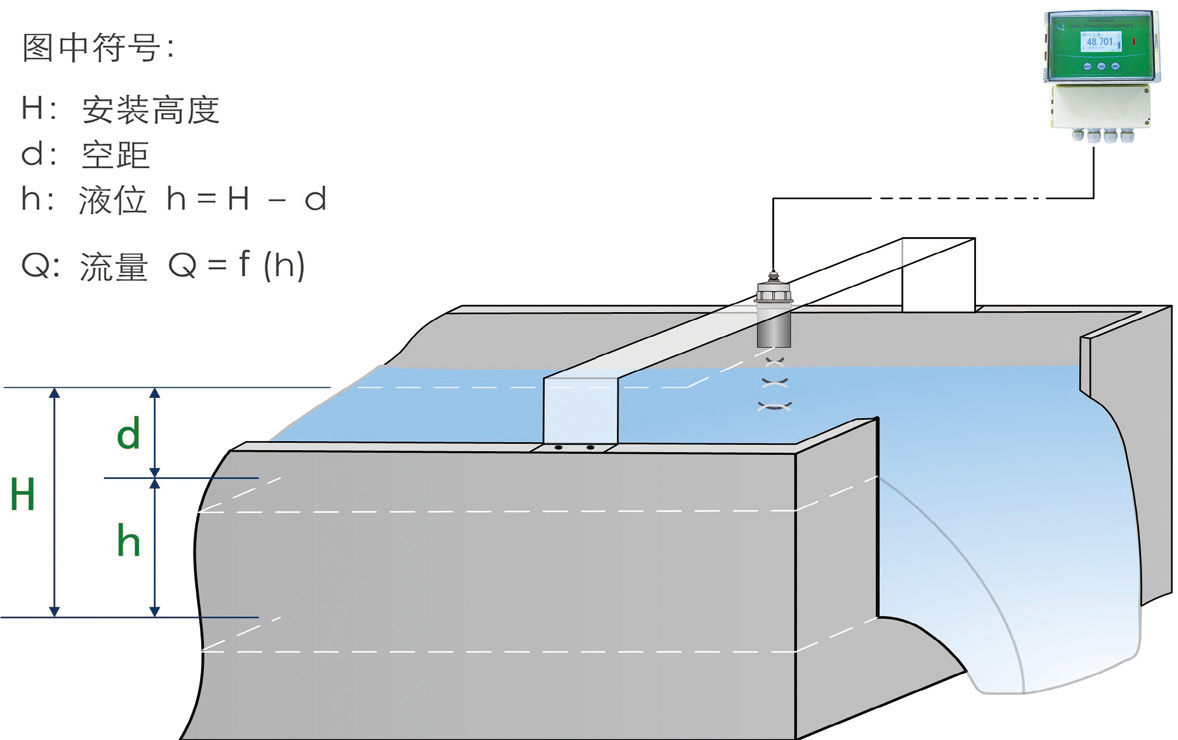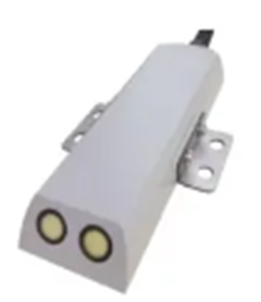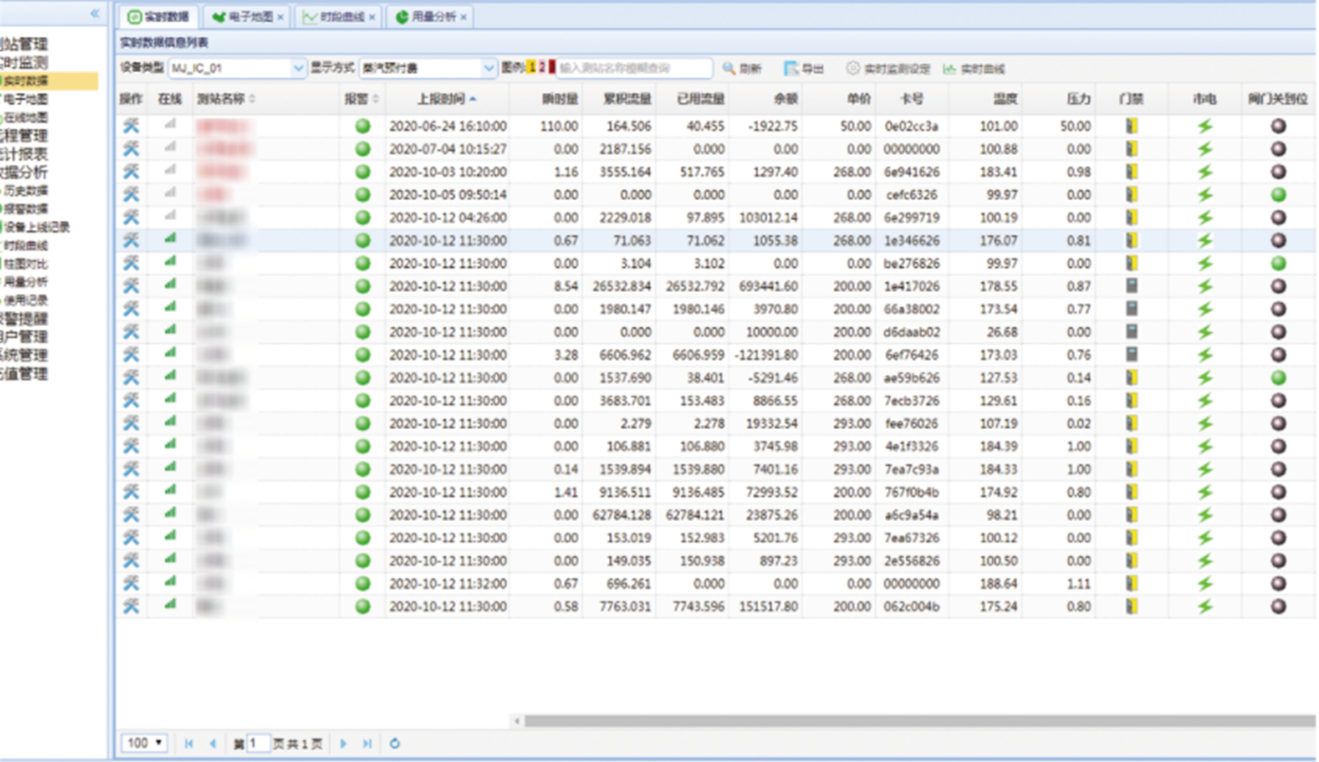



The Ministry of Water Resources issued the "Notice of the Ministry of Water Resources and the Ministry of Ecology and Environment on Strengthening Ecological Flow Supervision of Small Hydropower Stations in the Yangtze River Economic Belt" (Shuidian [2019] No. 241). In order to do a good job in the construction of the ecological flow supervision platform for small hydropower stations, the Ministry of Water Resources organized the preparation of the "Notice of the General Office of the Ministry of Water Resources on Issuing the Technical Guidance on the Ecological Flow Supervision Platform for Small Hydropower Stations" (Ban Shuidian Letter [2019] No. 1378). The online monitoring system for ecological flow of hydropower stations (hydropower station ecological flow downstream supervision system) requires real-time monitoring of hydropower station downstream flow data, video/image monitoring of the actual situation of the water outlet, and remote transmission of on-site information to the provincial water conservancy supervision platform to achieve real-time supervision and data sharing.
By 2024, more than 41,000 small hydropower stations across the country will have basically implemented ecological flow, a total of about 100,000 kilometers of river sections have been repaired and dehydrated, more than 4,000 power stations have been included in centralized control and intelligent transformation, and the green development of small hydropower has been accelerated.
Ecological flow refers to the water flow required to maintain the ecological environment in the water flow area. In recent years, some hydropower stations have caused water reduction, dehydration or even drying up of some river sections due to insufficient ecological flow, which has affected the normal ecological function of the river and the production and life of the people to a certain extent. In order to ensure the ecological water use of rivers and lakes, promote the green development of small hydropower and maintain the healthy life of rivers.

The ecological flow metering equipment of the hydropower station consists of four major devices:
Perception layer: flow meter (pipeline flow meter, channel flow meter), camera
Transmission layer: telemetry terminal
Platform layer: water-saving platform
Accessories: pole + crossbar, chassis, solar power supply equipment

Ultrasonic flowmeters are mainly used in channel-type drains. The instrument directly measures the liquid height in the channel or water tank. When used to measure flow in a channel, a water measuring weir is installed on the channel. The water measuring weir converts the flow in the channel into the height of the liquid level. The instrument measures the water level in the water measuring weir and then calculates the flow according to the relationship between the water level and flow in the corresponding water measuring weir.

The Doppler flowmeter uses the ultrasonic Doppler principle to measure flow velocity, the ultrasonic time difference method or static pressure method to measure water level, and calculates flow by setting the cross section. The Doppler flowmeter has the characteristics of compact structure, no rotating parts, long life, simple use, and maintenance-free. It is widely used in sponge cities, water supply/drainage networks, black water bodies, natural rivers, open channels, reservoirs, flow field analysis for scientific research, liquid level detection and other scenarios.
The radar flow online monitoring station is mainly used for monitoring water level, flow velocity and flow rate. The radar flow meter is a fully automatic flow meter radar measurement water product based on microwave technology. The product uses K-band flat radar technology to accurately measure water level and surface flow velocity. Through the relationship algorithm between water level and water cross-sectional area and surface and inner and outer flow velocity and average layer flow velocity, the new water cross-sectional area and flow rate are obtained, and the cross-sectional flow rate and cumulative flow rate are calculated. The data is uploaded to the smart water quality cloud platform.
